Make this pretty Chapssal (sweet rice) Yakgwa that’s crumbly, soft and moist on the inside and crispy on the outside! This Yakgwa is exactly the same as the ones you buy from Korean supermarkets or convenient stores but of course with better quality ingredients.
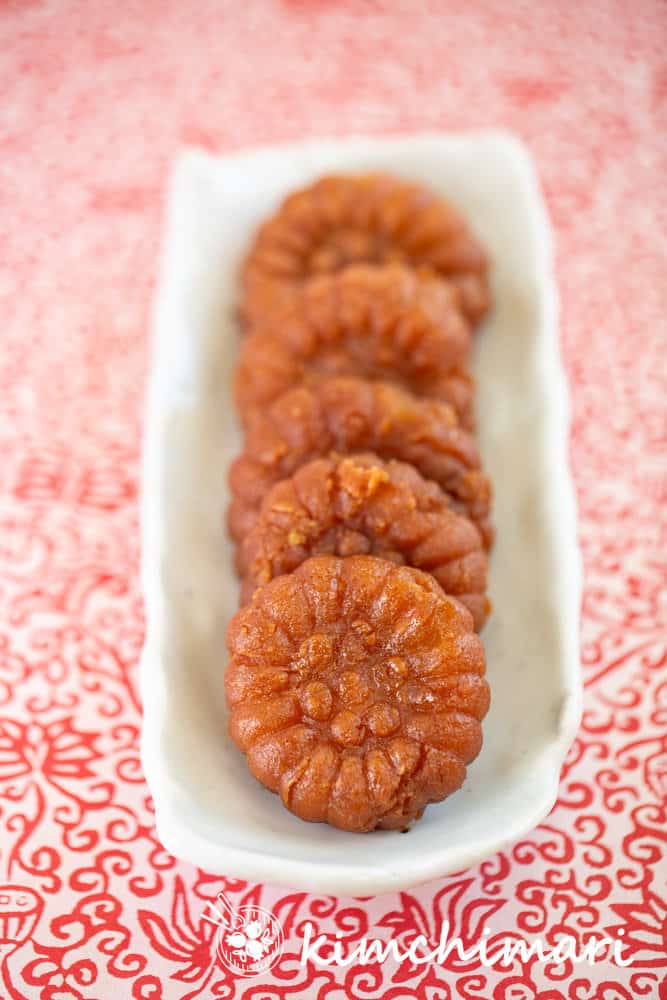
What is Chapssal Yakgwa 찹쌀약과?
Yakgwa 약과 is a Korean pastry where the dough is made with flour, sesame oil, syrup then cut into shapes or molded with the classic Yakgwa flower mold that you see below. Of course, traditionally it was carved out of wood but these days you can get a silicon mold.
Chapssal means sweet rice in Korean and so when you say Chapssal Yakgwa it means that sweet rice flour was added to what regularly would be just 100% wheat flour dough which makes it extra delicious.
My Family Yakwga Story
This is a story I heard from my mother-in-law that was passed down through generations of how Yakgwa was actually created by my husband’s ancestor Lady Lee from Goseong in the 15th century who was the mother of Suh Seong (Yakbong). You can read more about it in this post.
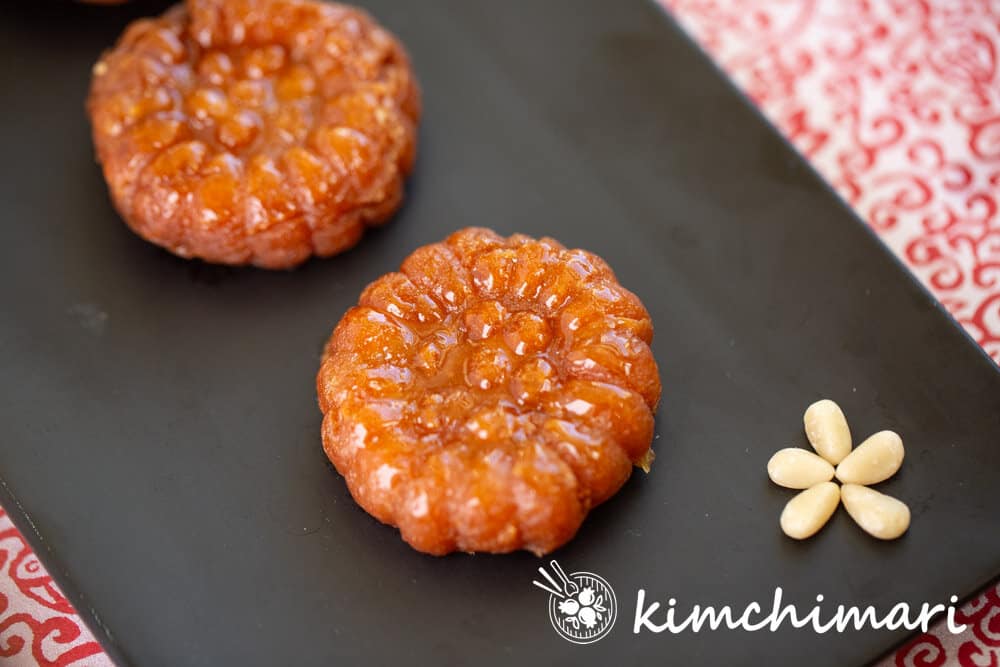
Yakgwa Variations
Gaeseong Yakgwa aka Mo Yakgwa (개성약과 = 모약과) VS Flower Chapssal Yakgwa
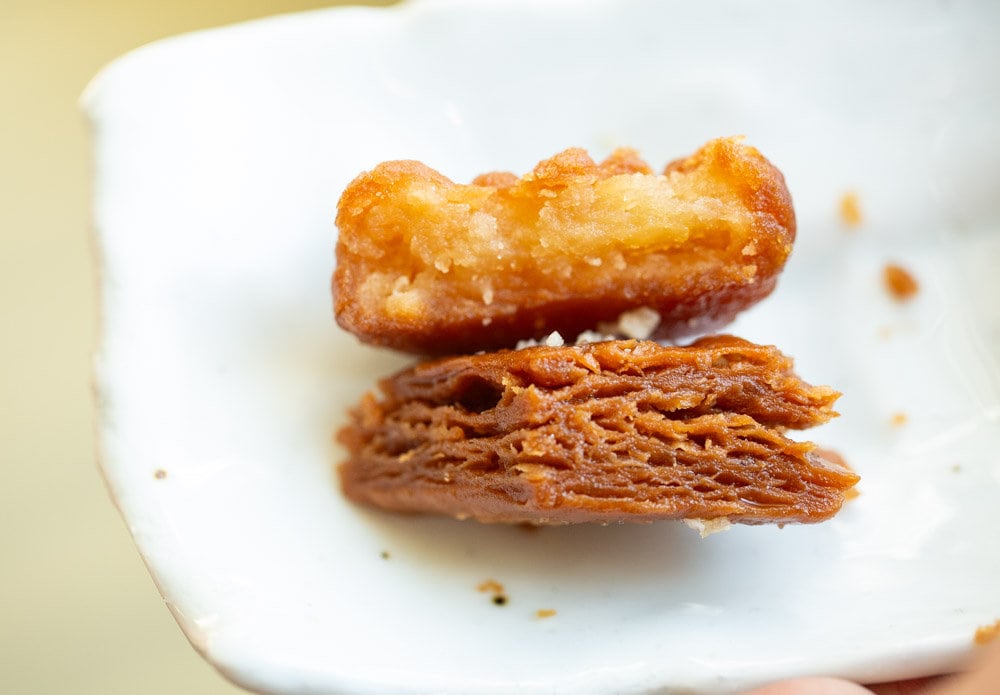
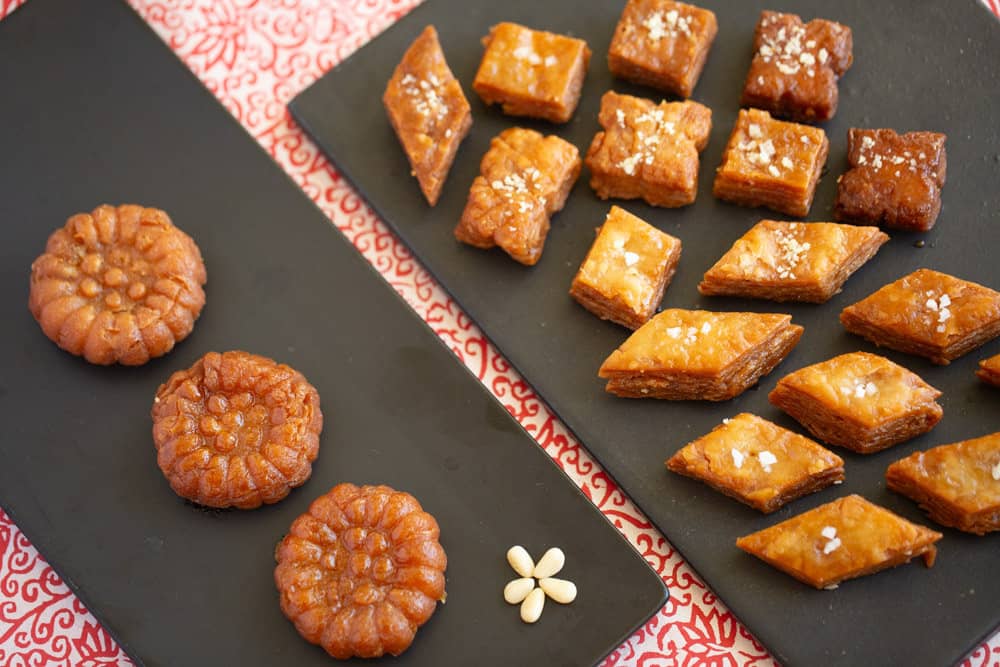
Gaeseong Yakwa or Mo Yakgwa (bottom of left pic, right side of right pic) has layers of pastry much similar to puff pastry whereas regular common Yakgwa (top of left pic, left side of right pic) is more cookie-like. The soju and sesame oil act together to create air between layers in Mo Yakgwa as they fry in oil.
Texture-wise, Mo or Gaeseong Yakgwa is very light and flaky while the common flower-shaped Chapssal Yakgwa are a bit more crumbly. However, when you bite into one of these, you will have the delicious ginger syrup oozing out as you eat them. Soo good!!!
Which one tastes better? I think they are both delicious!! So it’s very hard for me to say.. but if you like a more flaky and crispy texture, you should try the Gaeseong Yakgwa while if you like a crumbly and soft texture, you will love this one!
Just know that almost all store-bought Yakgwa are not Gaeseong or Mo Yakgwa and so you probably have never tasted the flaky layered version unless your mom made it at home.
About Yakgwa flower mold design
I know.. I sometimes I get just too geeky.. 😝. As I was writing this post, I became curious…what kind of flower is the Yakgwa mold designed after? Inquiring minds wanted to know.
Surprisingly, I searched all over the Korean internet and also went through all my books on Korean Hangwa molds and couldn’t find anywhere what flower the Yakgwa mold (below) was supposed to be.
This is all just a theory on my part but my opinion is that it is supposed to be the lotus flower.
Why? Well… when you look at the mold, you see 7 little round bumps in the center and then 16 petals around the edge. So what flower has these little bumps in the center and that many petals??
Well, from the pics below we know Koreans have used 7 dots in the center for these lotus tile designs. The dots represent the obconical receptacle in the lotus flower.
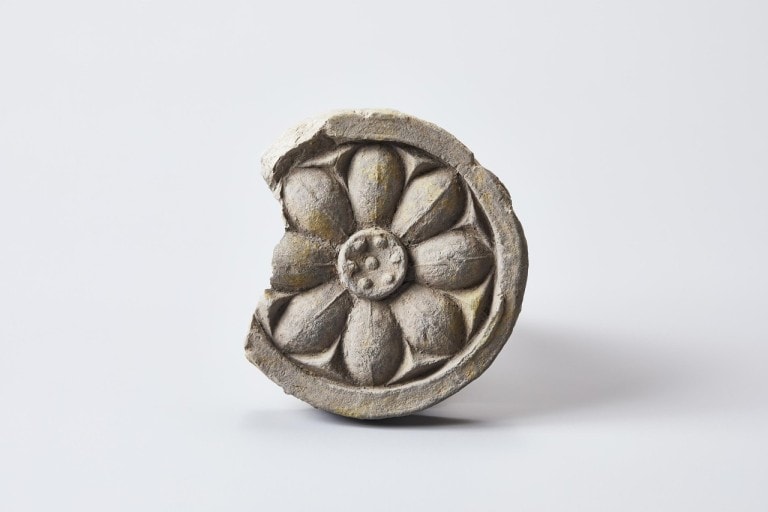
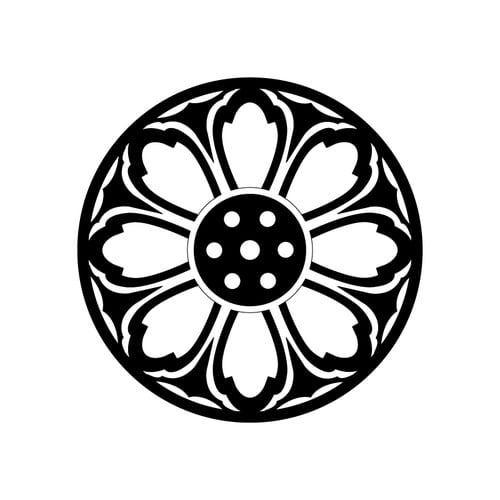
Above are designs of Korean Kiwa 기와 Roof Tile 수막새 Sumaksae – the round tiles you see at the end edges of the roof as in the picture below. This is a picture I took of a traditional Korean home in Andong. You can see that here the Sumaksae tiles actually have 16 petals but no bumps in the center. BTW, it is said that lotus flowers have on average 16-36 petals.
When you combine the two pieces of information, you can kind of conclude that a lotus design could easily be a combination of the 2 designs – one with 7 dots in the center and another with 16 petals and so.. there you go!!! Mystery solved!! I hope I made my case that Yakgwa mold represents a lotus flower!! But please, don’t yell at me if you disagree. It was just a fun exercise for me. 🙂
How to make Chapssal Yakgwa using Flower Mold
Fully Narrated Youtube Video
Equipment needed – mixing bowls, frying pan, deep fryer, candy or high temp oil thermometer
Ingredients
4-5 cups Vegetable Oil or Frying
DRY INGREDIENTS
- 200g All Purpose Flour (200g = 1.5 cups)
- 30g sweet rice flour (or mochi flour) (30g = 3 Tbsp)
- 1/2 tsp salt
- 40g sesame oil (40g = 3 Tbsp + 1 tsp)
- Vegetable Oil or any oil good for deep frying
- Syrup for Dough
- 1/4 cup water
- 1/4 cup sugar
- 2 Tbs rice syrup
- Ginger Honey Syrup (for soaking)
- 1/2 cup rice syrup (jocheong 조청)
- 1/2 cup honey
- 1 cup water
- 1/2 Tbsp grated fresh ginger
- Toppings (extra)
- 1-2 Tbsp chopped pine nuts
- Korean cheonilyeom (sea salt crystals)
Step by Step Instructions
- Make the ginger syrup by mixing rice syrup, honey, water in a saute pan or a small pot. Turn on heat and keep mixing because it will mix more easily when it’s warmer. Keep stirring until everything is mixed then bring to boil then quickly lower to simmer. Let it simmer for 2-3 min then TURN OFF HEAT and add grated ginger. Leave it on the stove because you will need to reheat it every now and then if the syrup becomes too thick.
- Make syrup for dough – In a small bowl, add sugar, water and rice syrup. Microwave for about 30 secs and mix until sugar melts completely. If you don’t have a microwave, you can also just heat it in a pot until the sugar is fully melted. Set aside.
- Start to Heat Oil for frying – up to 130℃ (265 ℉).
- Make dough – In a large mixing bowl, add flour, sweet rice flour, salt. Mix.
- Add the sesame oil to a bowl with the flour mix as you see above.
- Mix and rub the flour between the palm of your hands so the oil is well mixed with the flour. Keep doing it until no big lumps remain. You can watch my video to see how I do it. Some people like to sift the flour mix through a sieve to ensure there are no big lumps but I usually don’t and it turns out fine.
- To the sesame oiled flour, add the syrup from 2 and mix with a spatula then with your hands and gather the dough to form a ball. BE CAREFUL not to handle the dough too much because you don’t want to form any gluten and make it too chewy. The dough may feel it’s way too sticky and wet, but leave it for a couple min. and it will quickly feel very easy to handle.
- Time to shape the dough. You have two options —
- Use a Yakgwa mold like above – the mold comes in silicone or from wood or even cast iron. For the silicon mold, about 28 g size of dough is perfect. Just brush the mold with a little sesame oil first then push the dough into the mold. Press gently and evenly with the palm of your hands. Then release the yakgwa cookie from the mold and set it aside.
- If you don’t have any mold, roll out the dough into about 1/4 inch thickness then cut into squares, diamond shapes or you can also use a cookie cutter.
- poke 1-2 holes in each Yakgwa shape so they fry evenly.
- DEEP FRY – Start frying Yakgwa at 265℉ (130℃) and continue frying until the pieces float to the top (which should be about 6-7 min or so). Maintain the temperature because you want to make sure the inside is all cooked before it starts to brown outside. Be patient but be watchful.
Once all the pieces rise to the top, turn up the heat and raise the temperature to 300 – 320℉. Keep frying until the pieces become nicely browned like below.
During frying, make sure you turn over the pieces 1-2 times so both the top and bottom are cooked evenly. The oil should not get hotter than 320℉ (150 to 160℃) so check the temperature often and adjust heat to maintain the right temperature. Turn heat off quickly if it starts to go over 300℉.
- Take out Yakgwa from the fryer and let oil drain for a few seconds then soak the fried chapssal yakgwa into the ginger honey syrup. It should quietly sizzle (see my video.. 😉 ).
After letting the syrup absorb for a bit, turn over each yakgwa piece to so the syrup is soaked up evenly on both sides. Depending on how you like it, take out the Yakgwa from the syrup after a few minutes or leave it longer for a more syrupy but less crispy and wet cookie. Some recipes tell you to soak Yakgwa in syrup for hours or up to overnight! I kind of find that unnecessary as I find soaking it for 10 min or so is more than enough for producing a very syrup-loaded Chapssal Yakgwa.
- Transfer Yakgwa from the syrup to a cookie rack. Let it dry on the cookie rack for a couple of hours so they are not too sticky but they are certainly ready to eat as soon as they are cooled. Optionally, sprinkle the top with chopped pinenuts or pumpkin seeds or even some sea salt! Let it dry and cool on the rack and completely cool before serving or storing in a container.
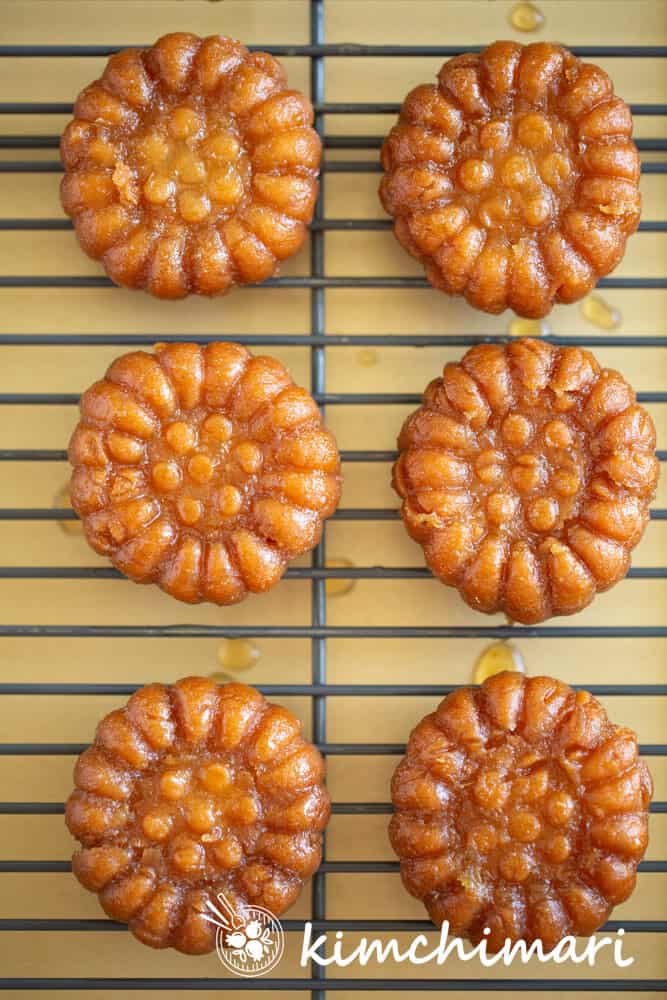
FROM JINJOO!
Tips, Substitutions & Variations
- Use a thermometer – the trickiest part of this recipe is the oil temperature. So use a candy thermometer or oil thermometer if you are using a stove top fryer. If you have an electric fryer, then you will have no issue!
- How to store Yakgwa – Yakgwa will keep fresh at cool room temperature for a week or longer. It can be refrigerated or also frozen. Just let it come to room temperature or thaw before you eat.
- Optional additions – some add black pepper and or cinnamon powder to the dough for extra flavor.
- Substitutions for Rice Syrup – Korean Jocheong rice syrup has about 21g of sugar for 2 Tbsp. Honey has 34g and Maple Syrup has 24g of sugars for 2 Tbsp. So, for 1/2 cup rice syrup, you can substitute 5 Tbsp honey + 3 Tbsp water.
- Baked Yakgwa – although not as decadent, I have a baked Yakgwa version if you want to try it.
4 min Quick How to Make Yakgwa Video
Chapssal Yakgwa without Soju
Ingredients
- 4 cups vegetable oil for deep frying
Dough
- 200 g AP flour 200 g = approx 1.5 cup
- 30 g sweet rice flour or mochi flour 30g = 3 Tbsp
- 1/2 tsp salt
- 40 g sesame oil 40 g = 50 ml
syrup for dough
- 4 Tbsp water
- 4 Tbsp sugar
- 2 Tbsp rice syrup (Jocheong) or corn syrup
ginger honey syrup for soaking fried yakgwa
- 1/2 cup rice syrup (jocheong 조청)
- 1/2 cup honey
- 1 cup water
- 1/2 Tbsp grated fresh ginger
Topping (optional)
- 2 Tbsp pine nuts
- 1 Tbsp Korean cheonilyeom salt crystals
Instructions
Make ginger syrup
- Mix rice syrup, honey, water in a saute pan. Turn on heat and keep mixing because it will mix more easily when it's warmer. Keep stirring until everything is mixed then bring to boil then quickly lower to simmer. Let it simmer for 2-3 min then TURN OFF HEAT and add grated ginger. Leave it on the stove because you will need to reheat it when the Yakgwa is all fried.
Pre-mix syrup for dough
- In a small bowl, add sugar, water and rice syrup. Microwave for about 30 secs and mix until sugar melts completely. If you don't have a microwave, you can also just make syrup by heating it in a pot until the sugar is fully melted.
Heat Oil for frying – up to 265 ℉(130 ℃).
Make Dough
- In a large mixing bowl, add flour, sweet rice flour, salt. Mix.
- Add sesame oil to flour mixture
- Mix and rub the flour between the palm of your hands so the oil is well mixed with the flour. Keep doing it until no big lumps remain. Optionally, you can sift the flour mix through a sieve to ensure there are no big lumps but I usually don't and it turns out fine.
- To the sesame oiled flour, add the syrup and mix with a spatula then with your hands and gather the dough to form a ball. BE CAREFUL not to handle the dough too much because you don't want to form any gluten and make it too chewy.
Shape the dough.
- Use a Yakgwa mold like above – the mold comes in silicone or from wood or even cast iron. For the silicon yakgwa mold, about 26-28 g size of dough is perfect. Brush the mold with a little sesame oil first then push the dough into the mold. Press gently and evenly with the palm of your hands. Then release the yakgwa cookie from the mold and set aside.If you don't have any mold, roll out the dough and cut into shapes or use a cookie cutter.In the center of each Yakgwa, poke 1-2 holes with a toothpick.
Deep Fry
- Start frying Yakgwa at 265℉ and continue frying until the pieces float to the top (which should be about 6-7 min or so). Maintain the temperature because you want to make sure the inside is all cooked before it starts to brown outside.
- Once all the pieces rise to the top, turn up the heat and raise the temperature. Keep frying until the pieces become nicely browned. Turn over the pieces 1-2 times so both the top and bottom are cooked evenly. The oil should not get hotter than 300℉ – 320℉ (150 to 160 ℃) so check the temperature often and adjust heat to maintain the right temperature. Turn heat off if it starts to go above 300.
- Take out Yakgwa from the fryer and let oil drain for a few seconds then soak fried yakgwa into the ginger honey syrup. It should quietly sizzle (see my video.. 😉 ). After letting the syrup absorb for a bit, turn over each yakgwa piece so it soaks up the syrup evenly. Depending on how you like it, take out the Yakgwa from the syrup after few mintues or leave it longer for a more syrupy but less crispy cookie.
- Transfer Yakgwa from syrup to a cookie rack and let it dry and cool on the rack. Let it completely cool and dry before serving or storing in a container.
Equipment
- 1 fryer
- 1 pot or pan for syrup
- 1 bowl mixing
- 1 cutting board
Tips & Notes:
- Nutrition facts – please note the calories are not at all accurate. Because it’s hard to include the amount of oil the pastry has absorbed when frying, the actual calories include higher fat but also lower sugar since it would also have not absorbed all the syrup. Commercially made Yakgwa’s calories usually range from 120 – 145 kcal with 5-8g fat, 20g carb and 2g protein per 30g piece. So, it’s a pretty calorie-dense treat. But honestly, I find that one piece or even 1/2 piece is enough to satisfy my craving for a dessert.
- Additional flavors – some like to add some cinnamon powder or black pepper to the dough. I personally am not a fan but you can def. try it!
- Storage – Yakgwa stores well at room temperature for up to 2 weeks. You can also freeze or refrigerate for longer storage. Just thaw or bring to room temp before you eat.
- Variations – try my original Yakgwa (which fries in layers) or Baked Yakgwa for other variations!
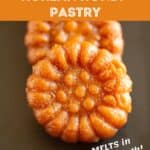
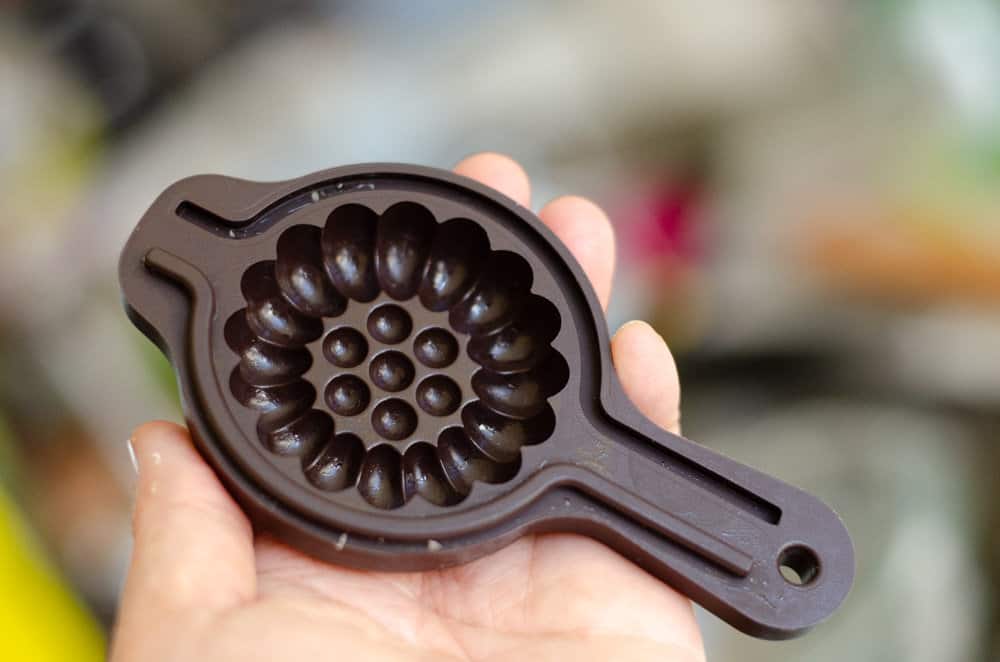
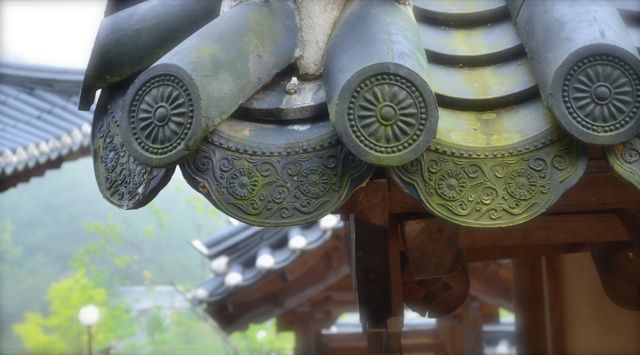
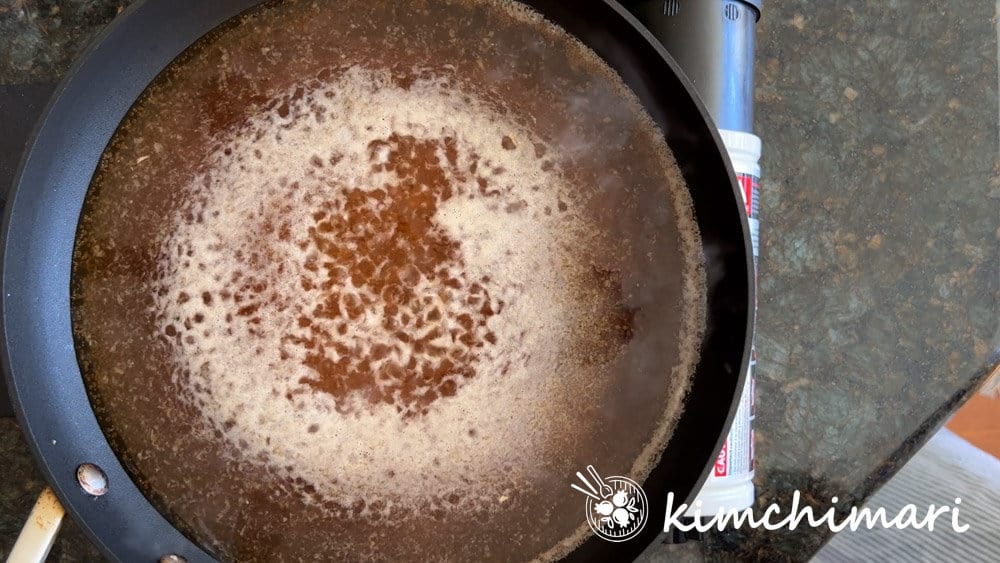
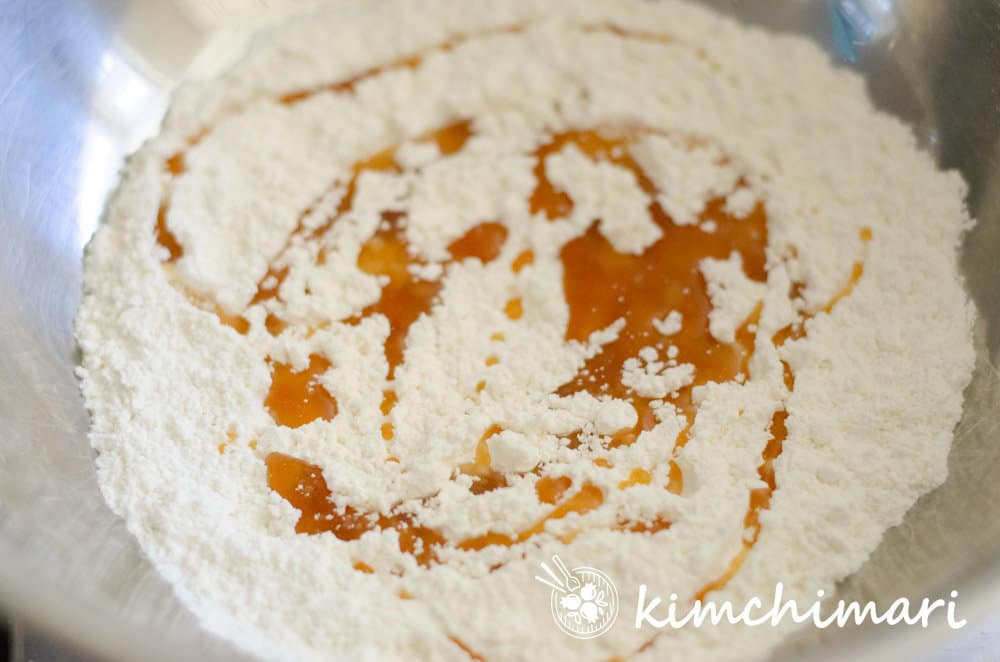
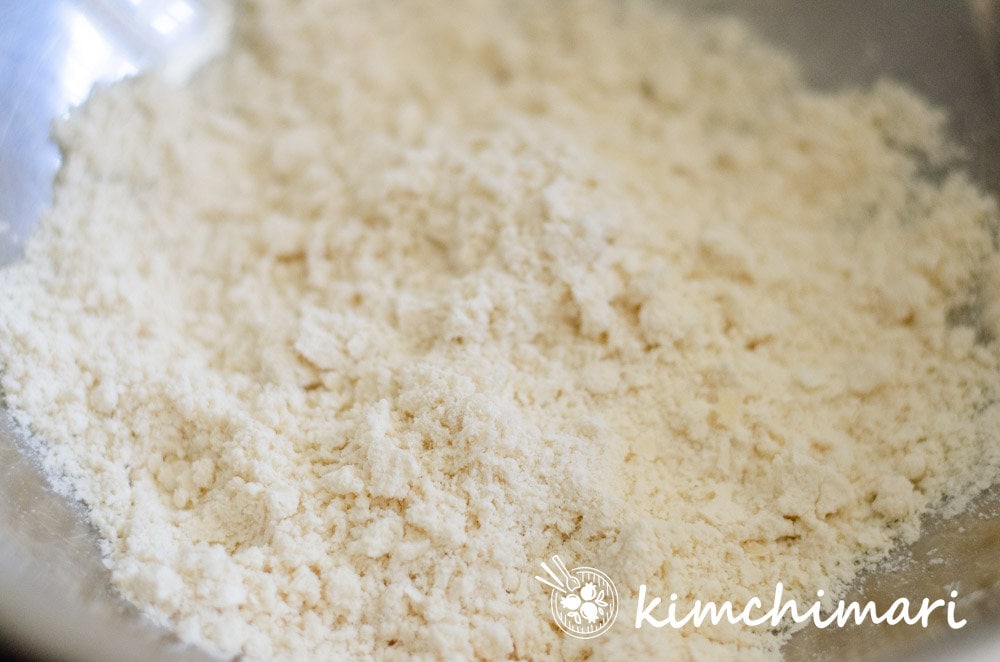
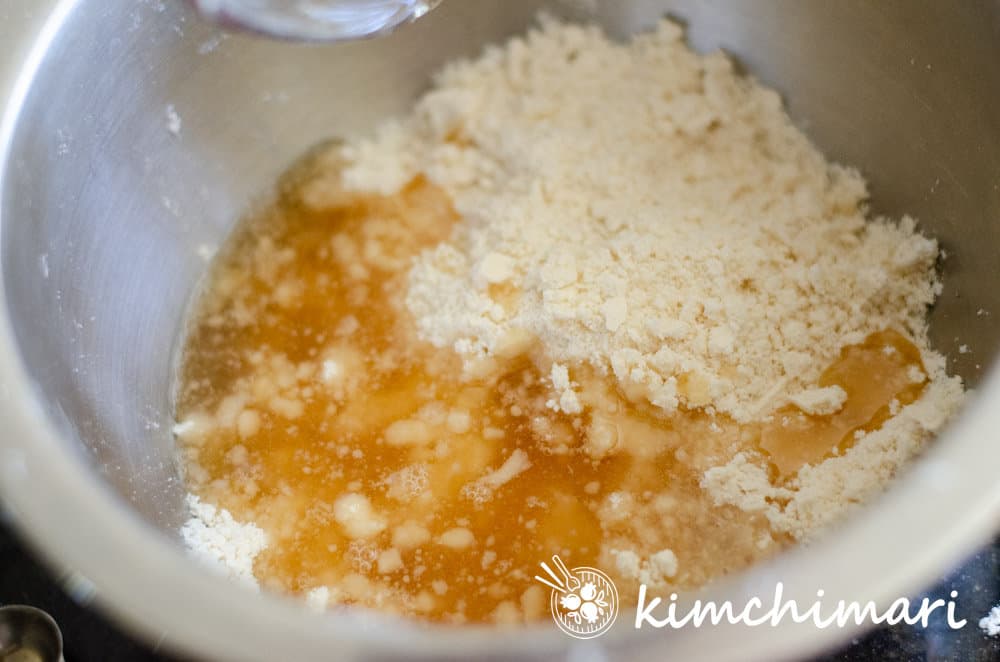

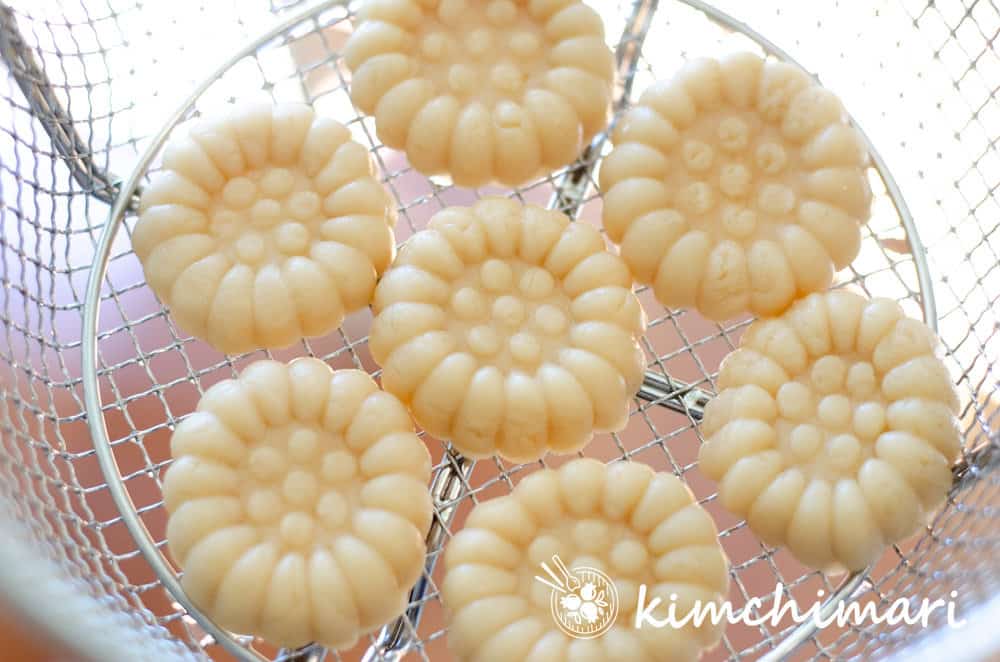
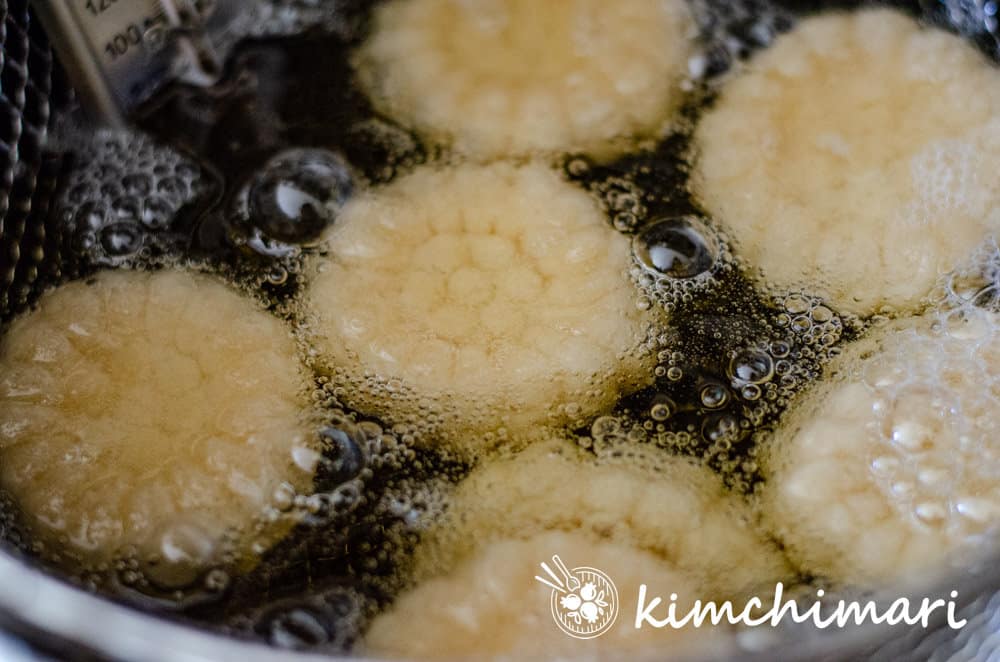 Once all the pieces rise to the top, turn up the heat and raise the temperature to 300 – 320℉. Keep frying until the pieces become nicely browned like below.
Once all the pieces rise to the top, turn up the heat and raise the temperature to 300 – 320℉. Keep frying until the pieces become nicely browned like below. 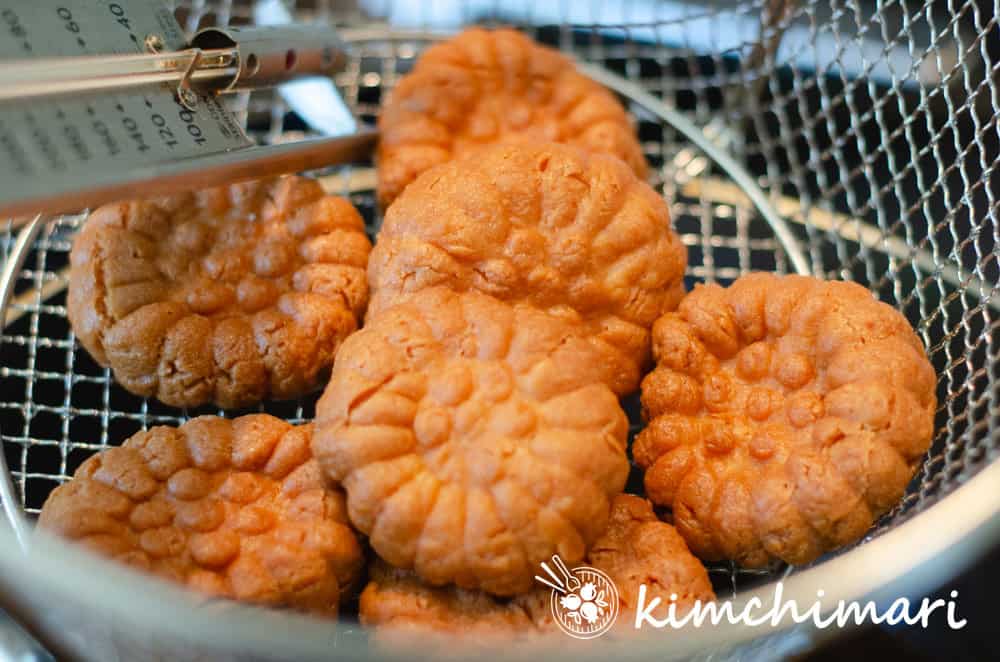 During frying, make sure you turn over the pieces 1-2 times so both the top and bottom are cooked evenly. The oil should not get hotter than 320℉ (150 to 160℃) so check the temperature often and adjust heat to maintain the right temperature. Turn heat off quickly if it starts to go over 300℉.
During frying, make sure you turn over the pieces 1-2 times so both the top and bottom are cooked evenly. The oil should not get hotter than 320℉ (150 to 160℃) so check the temperature often and adjust heat to maintain the right temperature. Turn heat off quickly if it starts to go over 300℉.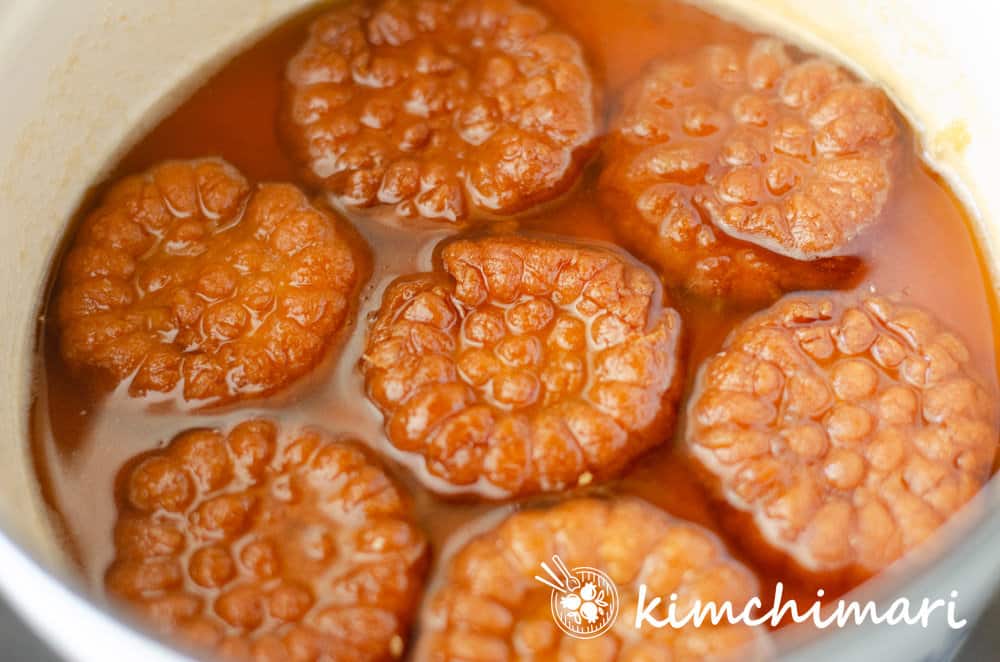 After letting the syrup absorb for a bit, turn over each yakgwa piece to so the syrup is soaked up evenly on both sides. Depending on how you like it, take out the Yakgwa from the syrup after a few minutes or leave it longer for a more syrupy but less crispy and wet cookie. Some recipes tell you to soak Yakgwa in syrup for hours or up to overnight! I kind of find that unnecessary as I find soaking it for 10 min or so is more than enough for producing a very syrup-loaded Chapssal Yakgwa.
After letting the syrup absorb for a bit, turn over each yakgwa piece to so the syrup is soaked up evenly on both sides. Depending on how you like it, take out the Yakgwa from the syrup after a few minutes or leave it longer for a more syrupy but less crispy and wet cookie. Some recipes tell you to soak Yakgwa in syrup for hours or up to overnight! I kind of find that unnecessary as I find soaking it for 10 min or so is more than enough for producing a very syrup-loaded Chapssal Yakgwa. 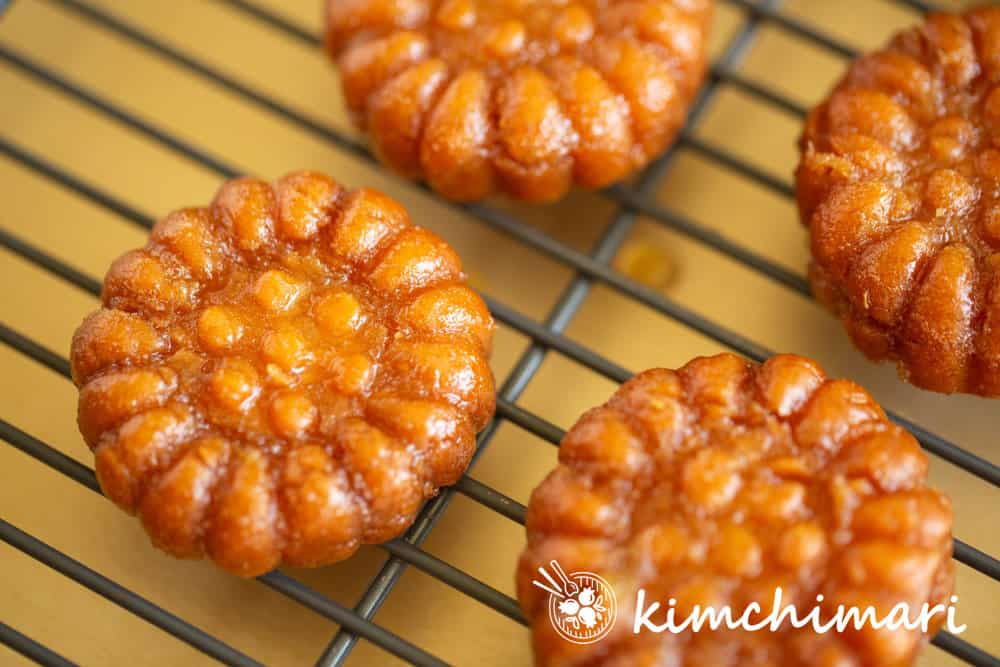
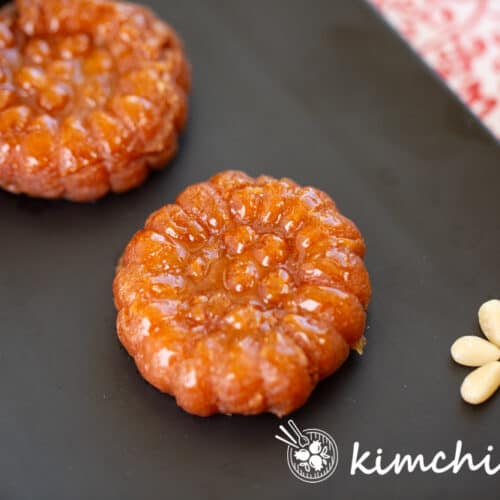
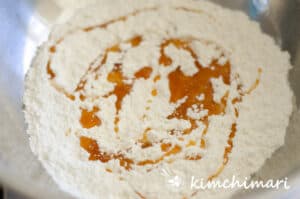
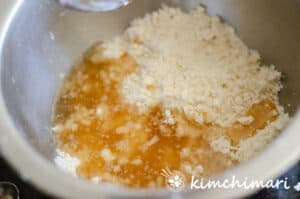
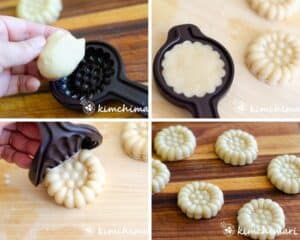
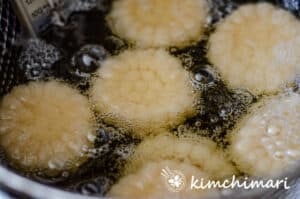

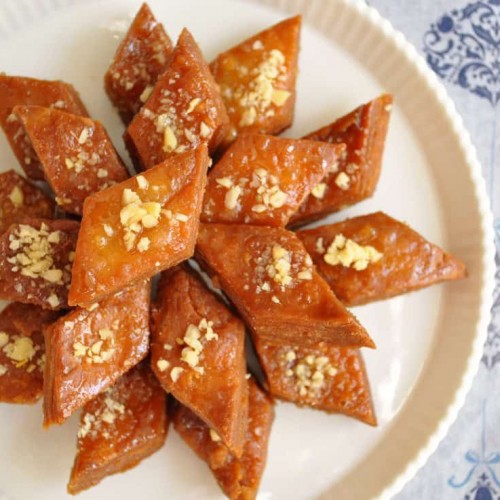
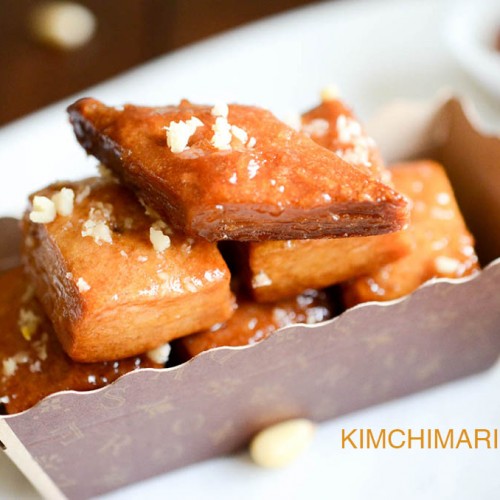
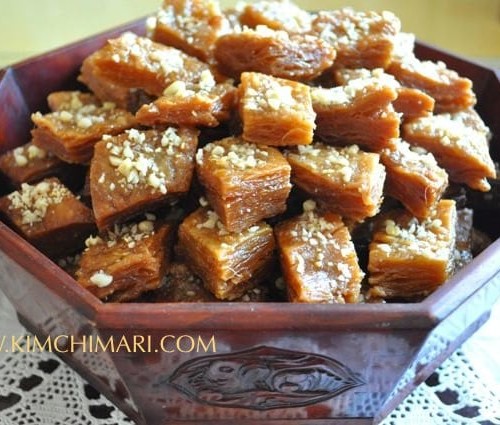
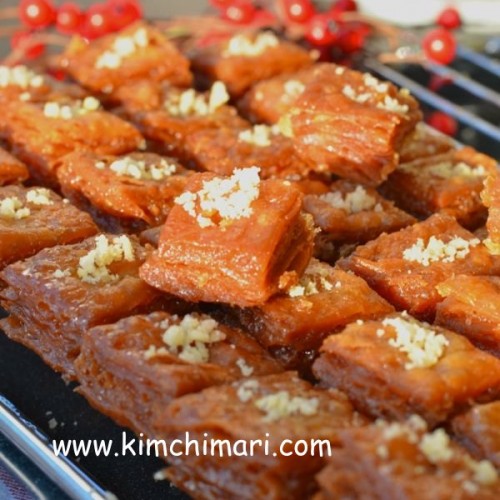
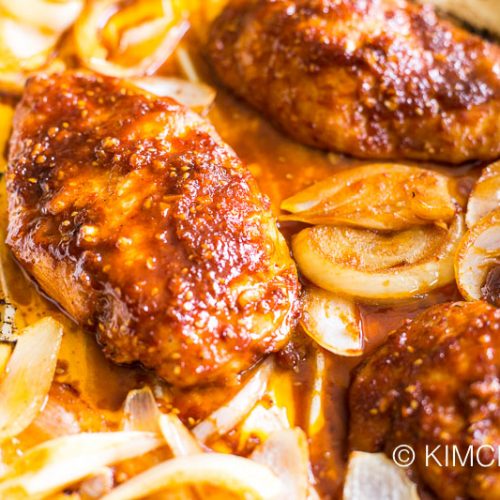
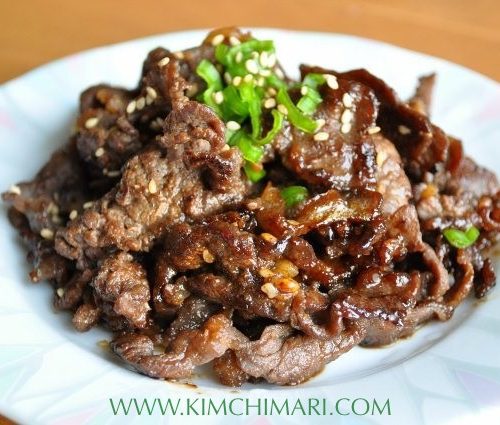
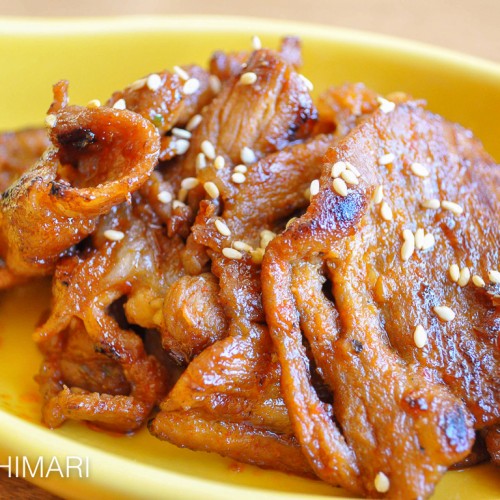
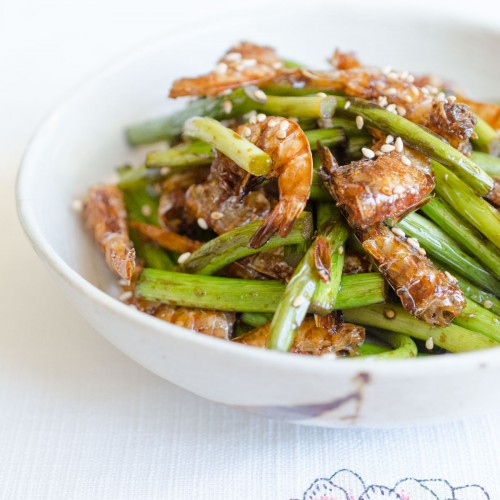
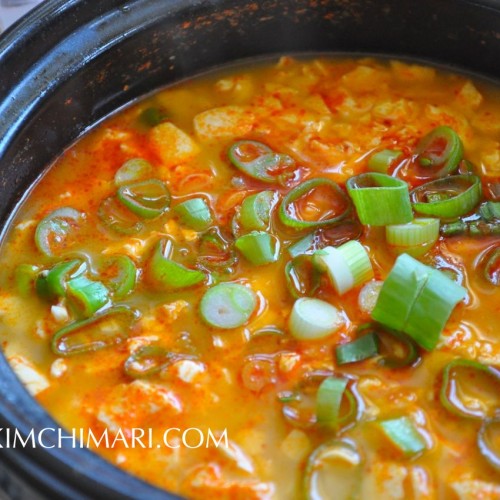
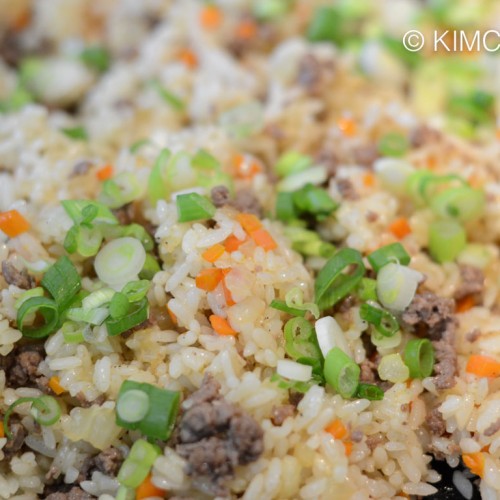
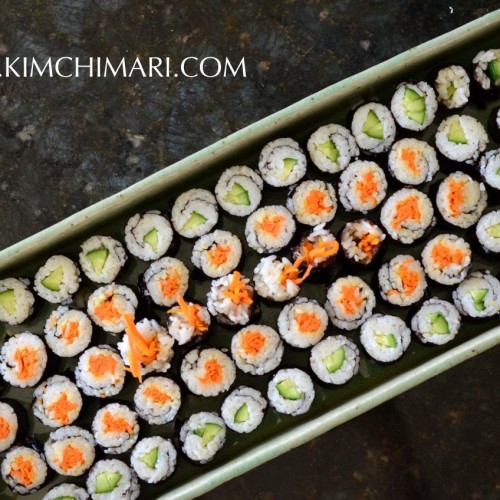
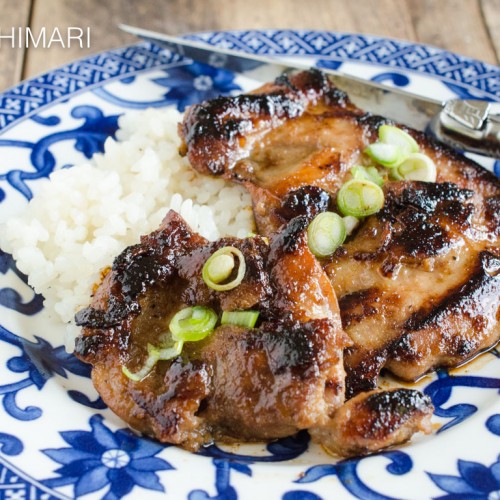
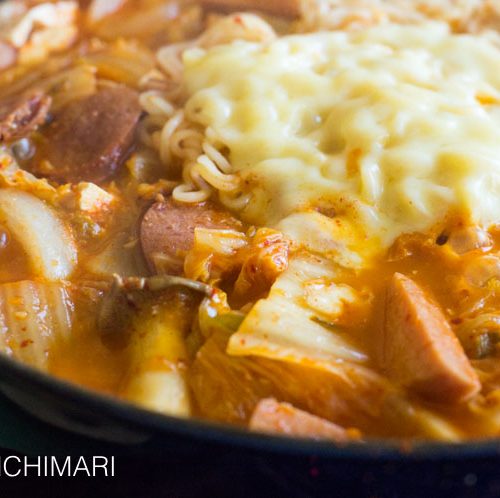
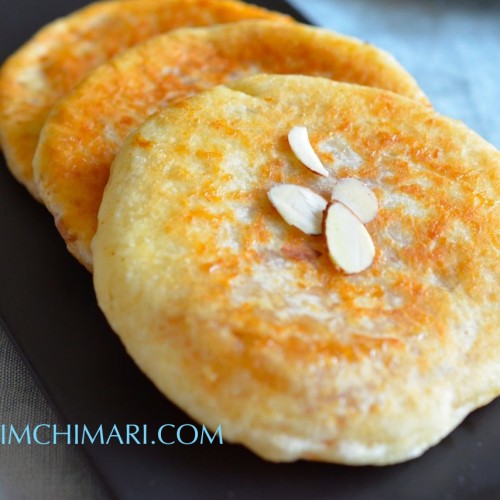






My Korean friend brought me one of these molds when she went back to Korea as I’m a bit of a sucker for cooking molds. So of course I had to make these. Great instructions! I followed the recipe (thanks for the additional details) and they turned out beautifully, just like the picture. I will definitely be giving some of these to my Korean friend as a taste of home for her.
Thanks for all your Korean recipes, the ones I’ve tried have been delicious. 🙏
I am so happy to hear that it turned out well for you! I’m also a sucker for cooking molds too!! If you read my Dasik recipe, you will see how crazy I am.. haha. Thank you so much for sharing your experience.
I am coming back to let you know that I initially made Yakwa with your recipe for a scholarship interview to study culinary arts in Korea and I am proud to say that jute interviewers enjoyed it and even compared it to the one usually sold in stores. I successfully passed my interview and I’ll be going to Korea in February.
I just want to say thank you for putting out this recipe and other amazing and outstanding recipes you have posted 😊🫶
I made and I had to increase the amount of syrup for the dough because it just wasn’t coming together and then it kept on falling apart when I deep fried it. I followed the recipe to a T so I’m not sure what the problem is. Even if it doesn’t fall apart when I fry it, it comes apart when I soak it and then I end up with broken pieces although I’m not using a cookie cutter or a mold, I’m just cutting it into shapes. I’m going to try again and figure out what went wrong. But my siblings actually enjoyed it
Hmm.. you measured the flour and everything in weight? measuring in cups may not be as accurate. Also, have you watched my video? Perhaps there’s a something you are missing.. otherwise, I have tested this recipe many times so it should NOT come apart so easily like you describe. And you are using the correct ingredients? Korean rice syrup, sweet rice flour?? Thank you for trying again – hopefully it works better for you this time.
Yes I used the right measurements and ingredients although I wasn’t able to get Korean rice syrup so I used honey instead. I came to the realization that I used the syrup for the when it was cool instead of using it while it was hot. I also allowed the dough to rest for like 2 minutes before I rolled it out and this time I cut it into squares and it worked out perfectly.
I’m happy to hear that you were able to get good results this time. Thank you so much for trying it again.
What am doing wrong? It just falls apart, when I deep fry it. Oil too hot or is it because I replace the flour with gf all purpose flour. Was excited to make this. Bought a wooden mold from Amazon too
It’s very likely it’s because you replaced regular wheat flour with GF flour. Gluten is what holds the yakgwa together in the dough. GF flours really don’t have the same ability.
I air fried it & turned out better